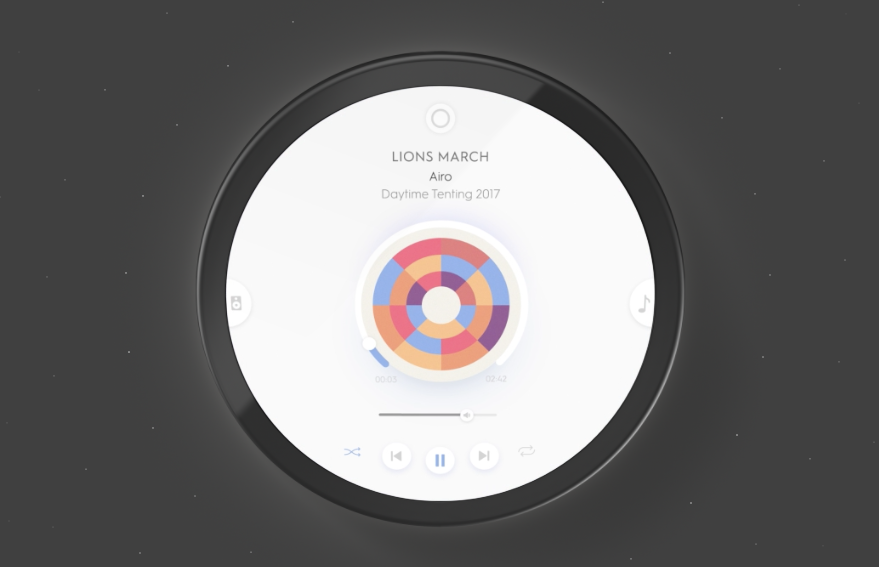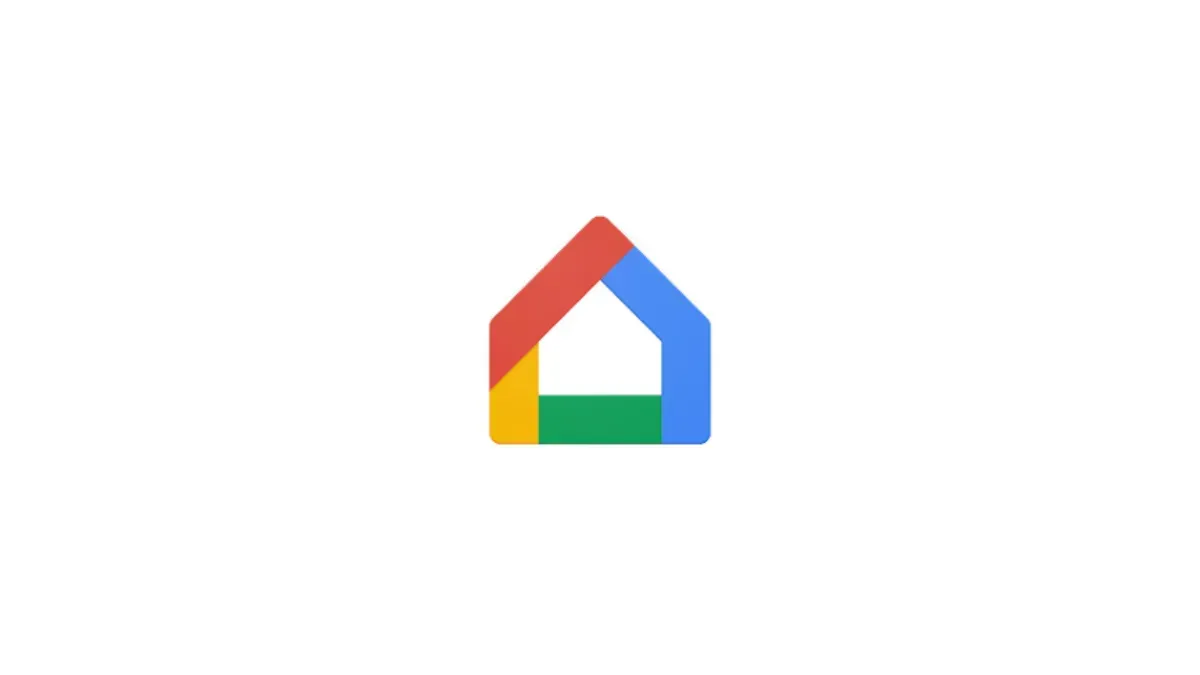Alongside the Essential Phone, Andy Rubin aka the father of Android has also announced a new product called Essential Home which intends to compete directly with Google Home and Amazon’s Alexa.
The name Essential Home itself is self-explanatory. It is essentially (no pun intended) a Smart Home device which for the most part, offers similar functionalities as its counterparts (Google Home and Amazon Alexa) but in a better way. Or, at least, that’s what the company claims.
This seems interesting, right? Well, keep reading to find out how the company is differentiating the Essential Home from its competitors and eventually, find out which of these products is worth your hard-earned cash.
Read: Google Home and Google WiFi now available for purchase in UK
5.6-inch LCD Display
Unlike the Google Home or Amazon Alexa-enabled devices, the Essential Home comes equipped with a circular 5.6-inch LCD display. You can invoke it by a tap, voice, or even by a glance as per the company’s claims.
Although we are yet to catch a glimpse of the Essential Home’s interface, taking into consideration what we can make out from the company’s official website, we have to admit that the interface has an eerie resemblance to the Android Wear. It feels like a magnified version of the Android Wear.
But again, we could be wrong here for the fact that we don’t have enough visuals yet to label it an Android Wear clone.
Privacy and Security

As opposed to Google Home or all of its other competitors, most of the processing happens on the Essential Home itself with a limited amount of data being sent to the cloud. This, in turn, will help the company to provide additional security (and privacy) to your data which gives the Essential Home an edge over its rivals.
Read: Essential Phone Features: All you need to know
Interoperability and Integration

Andy Rubin has stressed several times during his interview at the Code Conference in Rancho Palos Verdes, CA, that interoperability, security, and privacy will remain his number one priority as far as the Essential Home is concerned.
In fact, he also used a couple of examples to explain how “interoperability and integration” are two of the biggest issues surrounding the existing Smart Home devices (i.e., the Google Home, Alexa, and the like). And to a good extent, he is actually true.
By now, you must be wondering how he plans to tackle this issue. It seems like he already has a plan, after all.
How you ask? Well, the Essential Home is his answer. He mentions that his Smart Home device will act as a connecting “bridge,” a means, in other words through which he intends to solve the interoperability issue.
As for the integrations, Andy Rubin is already in talks with Google, Amazon, and Apple to bring support for their assistants to the Essential Home. He mentioned that the Essential Home would connect to other assistants by leveraging their API’s. That’s if Apple, Google, and Amazon allow the company to do so.
What does this mean to the end users? Well, if you have liked Essential Home as an entire package but would want to continue using Google Assistant rather than what Essential Home provides (yes, the Essential Home will get its own assistant), you will be free to do so. But again, this depends on Google’s decision to allow the company to do so or not.
Ambient OS

The major highlight of the Essential Home is its Ambient OS. At this point in time, we are not entirely aware of what features will Ambient OS bring to the table. What we do know, however, is the fact that the company plans to achieve better interoperability, integration, privacy, and security with the help of Ambient OS.
Andy Rubin was quoted saying “We had to build a new operating system so it could speak all those protocols, and it could do it securely and privately.”
Also, the Ambient OS, akin to Android will be open sourced. Andy Rubin also mentioned that the company will be pushing frequent and timely updates to Ambient OS and that it won’t suffer the same fate as the Android.
Read: Essential Phone vs Galaxy S8 vs LG G6 vs HTC U11: Battle of the best Android phones
Conclusion
Essential Products has provided only a limited amount of information regarding the Essential Home, and we would need a lot more (actually interact with it) to see how it fares against the likes of Google Home and Amazon Alexa-enabled devices in real world usage. Until then, hold your horses.













Discussion